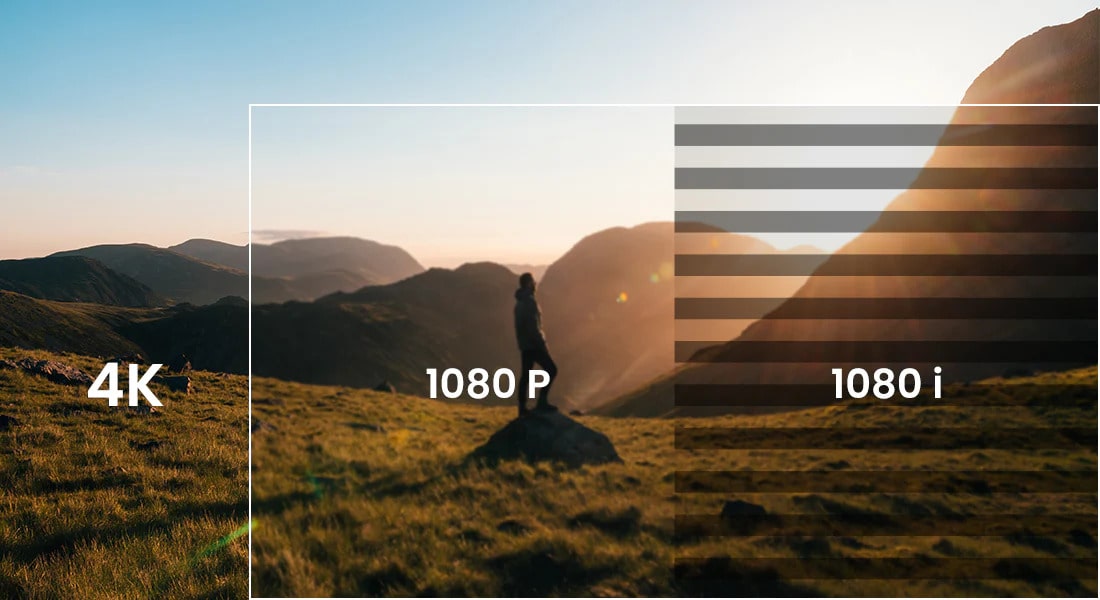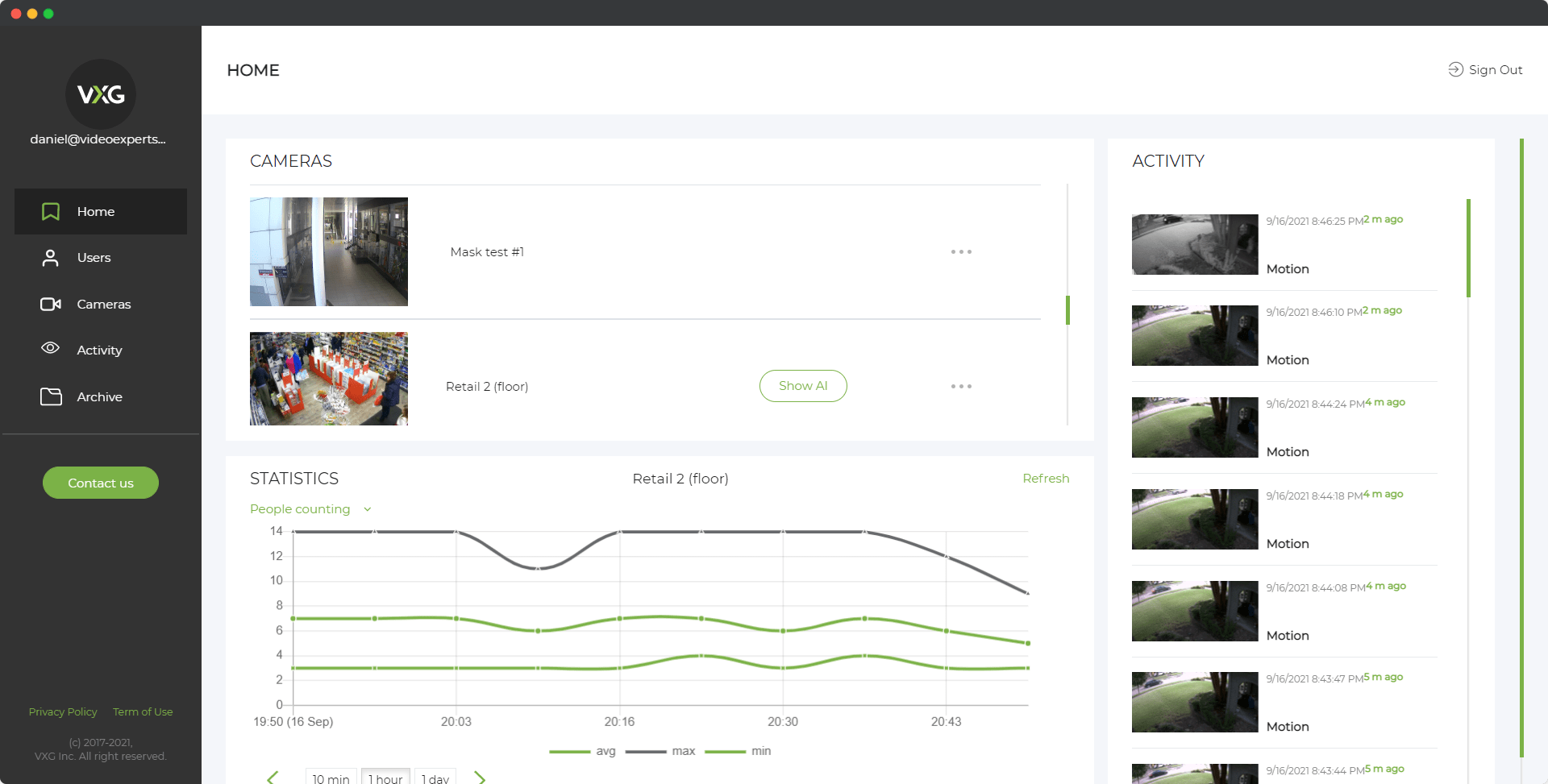In the ever-evolving landscape of television technology, understanding different types of resolutions can significantly enhance your viewing experience. One such resolution that has played a crucial role in high-definition broadcasting is 1080i. This term might sound technical, but it’s all about providing a clear and sharp picture on your screen. Let's delve into what 1080i resolution means, where it’s used, and its key features.
Meaning
When we talk about 1080i resolution, we’re referring to a specific way of displaying video. The "1080" indicates the number of horizontal lines that make up the image on the screen, which is a substantial improvement over older, standard-definition formats. The "i" stands for interlaced. In an interlaced scan, the video signal displays the odd-numbered lines first, then the even-numbered lines, alternating between them. This process happens so quickly that the human eye perceives it as a single, continuous image. This technique differs from progressive scanning (indicated by a "p" in 1080p), where all lines are displayed simultaneously.
What is 1080i Used For?
1080i has been a popular choice in the broadcasting world, particularly for TV channels that prioritize high-definition content. It strikes a good balance between providing high-quality images and managing bandwidth efficiently. You’ll often find 1080i being used in sports broadcasts, nature documentaries, and live events. These types of programs benefit from 1080i’s ability to handle fast motion and deliver clear, detailed pictures. The interlaced format helps ensure that fast-moving scenes, like a soccer match or a live concert, are shown smoothly without too much blur or lag.
Features
- High Resolution: With 1080 lines of vertical resolution, 1080i delivers a detailed and sharp picture, offering a clear improvement over standard definition (SD).
- Interlaced Scanning: The interlaced scanning method, which alternates between displaying odd and even lines, helps reduce the amount of data transmitted, making the process more bandwidth-efficient.
- Wide Compatibility: Most modern TVs, set-top boxes, and video players support 1080i. It’s a common resolution for high-definition (HD) content and works well with various broadcasting standards around the world.
- Efficient Bandwidth Usage: Since interlaced scanning transmits less data at a time compared to progressive scanning, it makes more efficient use of available bandwidth. This efficiency is particularly important for broadcast TV, where bandwidth can be a limiting factor.
- Effective Motion Handling: One of the strengths of 1080i is its ability to handle motion effectively. This makes it ideal for fast-paced content like sports and action scenes. The interlaced format helps reduce motion blur, maintaining image clarity even during quick movements.
In essence, 1080i resolution is a significant player in the realm of high-definition television. Its combination of high resolution and interlaced scanning offers a practical solution for delivering sharp, clear images without demanding excessive bandwidth. This makes it a favored choice for broadcasters and a reliable option for viewers seeking quality in their TV experience.
















